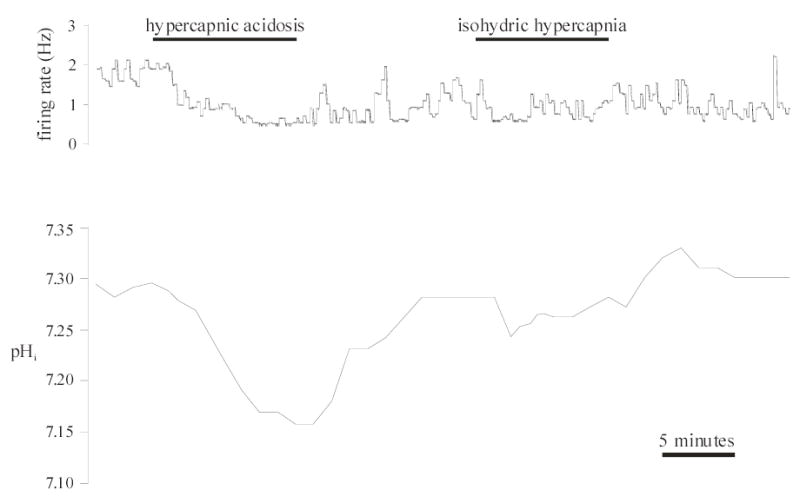Figure 5. mcRTN neurons insensitive to both hypercapnic acidosis and isohydric hypercapnia.

Top panel: Integrated firing rate trace of an individual mcRTN neuron. Average integrated firing rate was 1.8 Hz before exposure to and decreased (0.5 Hz) upon exposure to hypercapnic acidosis (10% CO2, 26 mM HCO3−, pHo 7.15). However, this effect was not reversible, firing rate remaining at 0.6 Hz upon return to control (5% CO2, pHo 7.45) solution. Exposure to isohydric hypercapnia (10% CO2, 52 mM HCO3−, pHo 7.45) did not change firing rate (0.8 Hz) nor did return to control solution (0.9 Hz). Bottom panel: pHi trace of the same neuron in the top panel. Hypercapnic acidosis resulted in a maintained, intracellular acidification that returned towards its initial value upon return to control solution (5% CO2, 26 mM HCO3−, pHo 7.45). Isohydric hypercapnia resulted in an initial, intracellular acidification followed by pHi recovery. Upon return to control solution, pHi overshot its initial value, further indicating pHi recovery during isohydric hypercapnia. pHi then returned towards its initial value.
